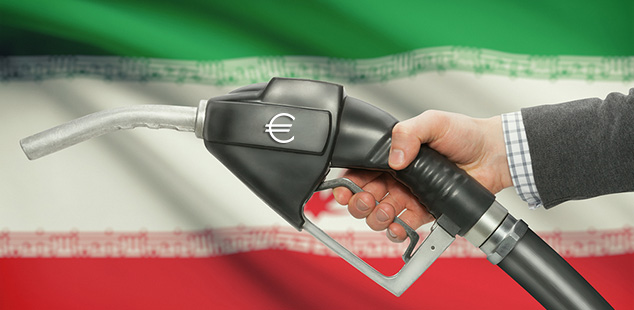
The already complex financial world added yet one more complexity recently. While the full impact is not yet understood, the Iranian government called for payment of new and outstanding oil sales in euros 1, rather than dollars. The nation also states it wants outstanding trading debts to be paid in euros, not dollars. These moves come with a renewed global interest in Iran and its oil with the lifting of U.S. and international sanctions—and underlying negatives implications for the future of the dollar.
The Petrodollar and Why It Matters
At the 1944 Bretton Woods Conference, the world was essentially placed on a U.S. dollar reserve system denominated by a gold-backed currency. This meant the dollar was the primary world trading currency, making the United States the most powerful hegemonic power in the world.
In 1971, President Nixon took an unprecedented step to free the dollar from the gold standard. Subsequently, prior to the 1973 OPEC embargo, the U.S. established a deal with Saudi Arabia to ensure all oil purchases would be paid for by all countries by using the U.S. dollar—this is called the petrodollar system. Based on this deal (that also provided military arms and protection to the kingdom), countries buying oil from Saudi Arabia would first exchange their currencies into dollars and then use those dollars to pay for their oil purchases. These are called petrodollars.
Basically, every country that wanted to buy oil from Saudi Arabia had to go through the United States first, cementing the power of the dollar worldwide. Now, however, the dollar is slipping away from its once-secure spot as dominant currency. This decision by Iran to trade in euros is another sign that the dollar is no longer king in the world economy…
High Tensions Between Iran and the U.S.
Despite the recent and controversial nuclear agreement that freed up Iran’s oil trading and other international commerce, there is a long and contentious relationship between the two countries. A decade ago, George Perkovich, an expert at the Carnegie Endowment in Washington, noted, “It’s part of a very intelligent, creative Iranian strategy—to go on the offense in every way possible and mobilize other actors against the U.S.”
The question now is how this move will affect the U.S. and global markets. Iran is aggressively seeking to lessen and eventually eliminate its dependence on the U.S. dollar. Various Iranian officials have repeatedly pointed to the dollar as worthless paper and have failed on several occasions to have other nations move away from it as a reserve currency. To date, the petrodollar issue has played a central role in preventing a more unified front on the issue.
What Will Happen to the Dollar?
While the full impact of this latest Iranian gambit is yet to be seen, it must be weighed in the context of other moves, especially those seeking to establish closer ties with China, Russia, Turkey and other countries that also begrudge the power of the U.S. currency. They fully understand the strategic and tactical impact to the U.S. financial markets if the role of the dollar as the primary reserve currency is diminished.
Is the dollar at the end of its long reign as supreme king of currencies in the land? Considering the global economic problems plaguing the entire marketplace, the yuan now competing with the dollar as a global reserve currency, and the apparent intention of other countries to reduce their reliance on the dollar, we may be entering a new age where the United States is no longer the world’s foremost economic player. Though bleak, it is better to see this scenario coming than to be taken by surprise when it happens. Investing in gold is a strategy many people take to guard against economic crises such as the failure of the U.S. dollar worldwide.
Additional Sources:
1 – http://www.cnbc.com/2016/02/07/iran-wants-euro-payment-for-new-outstanding-oil-sales.html

